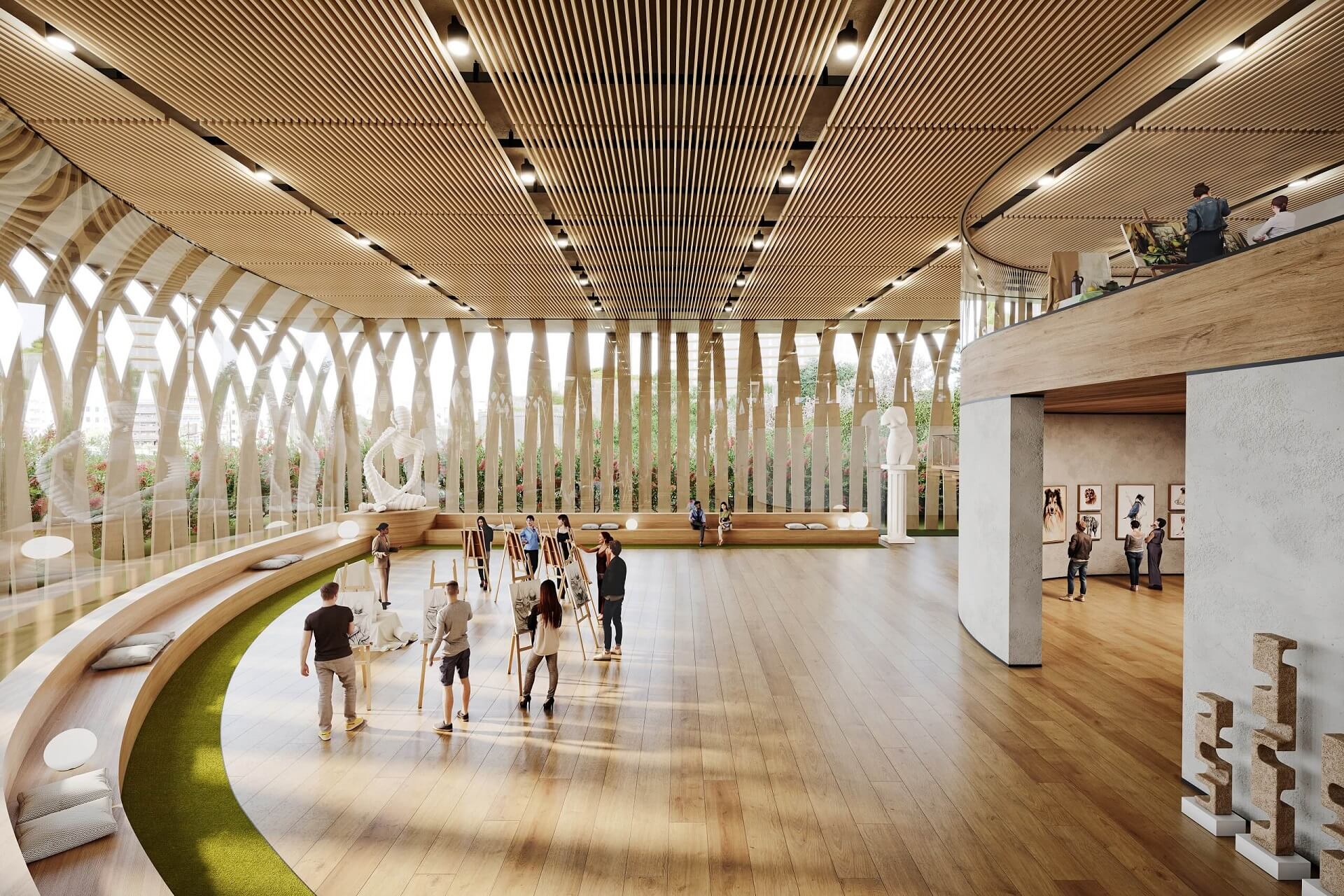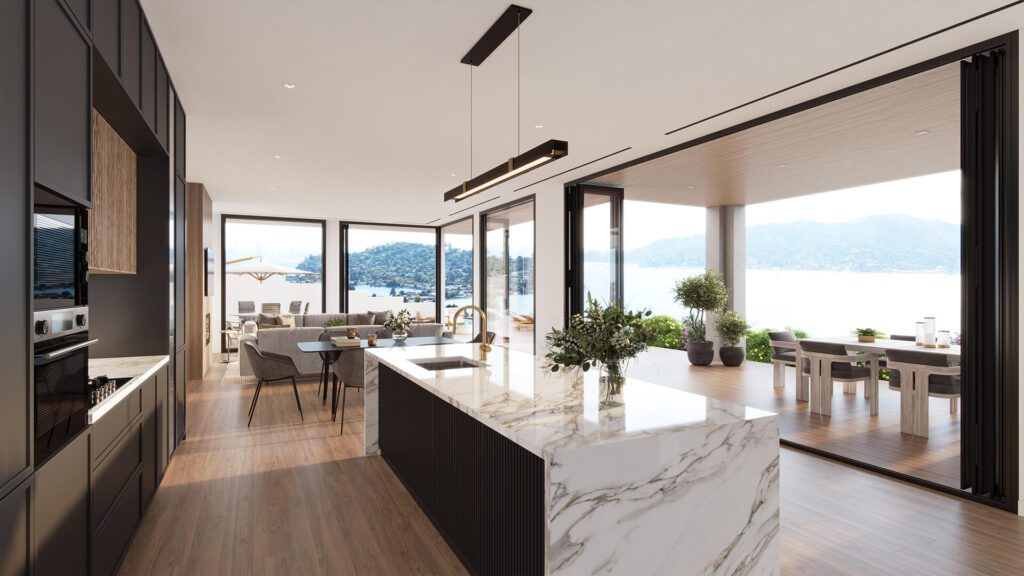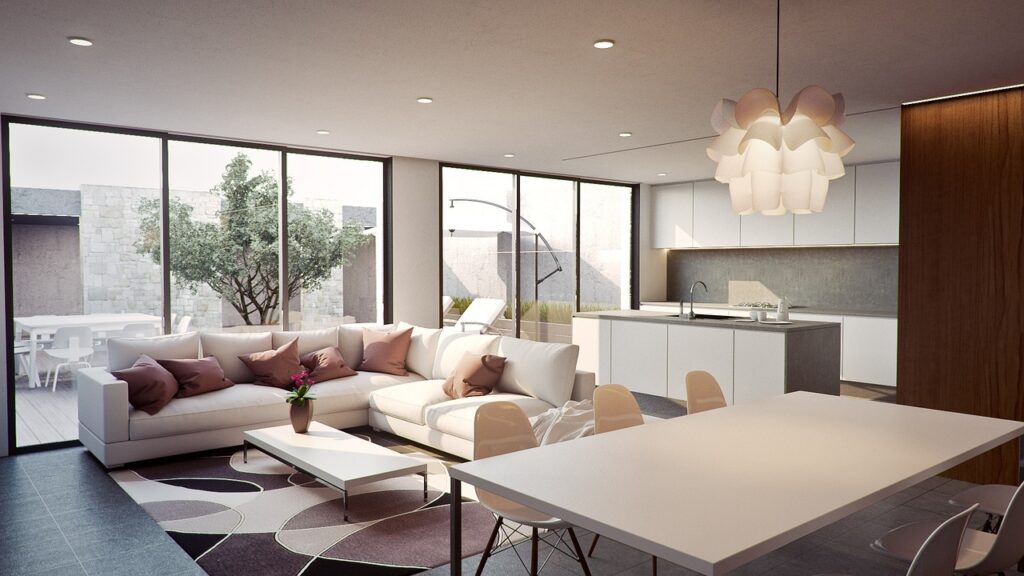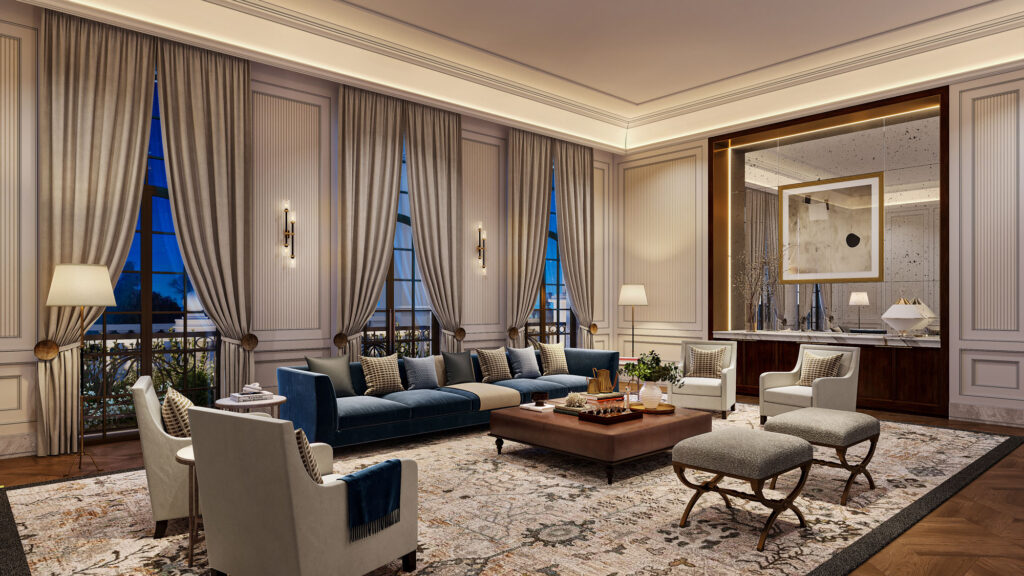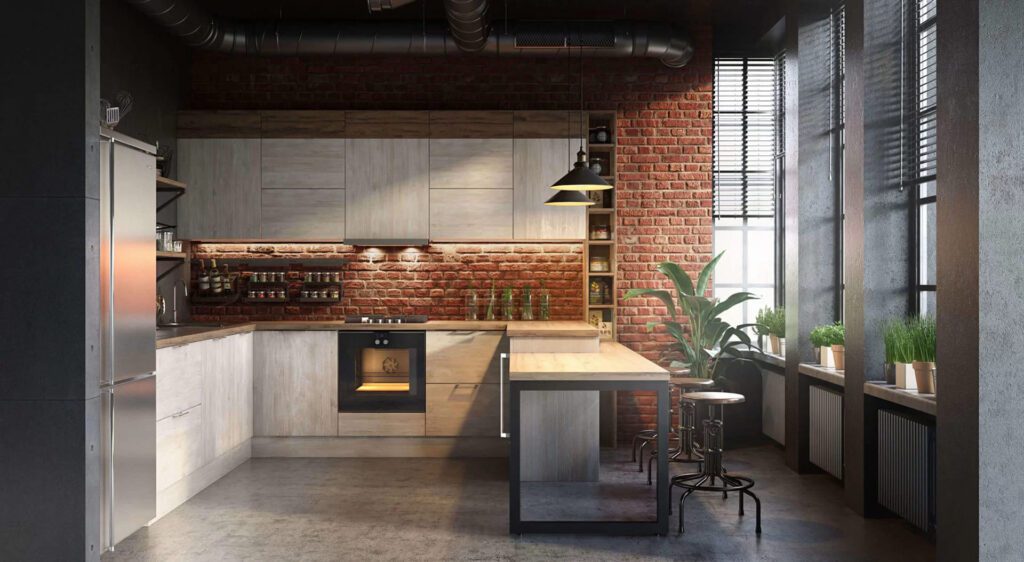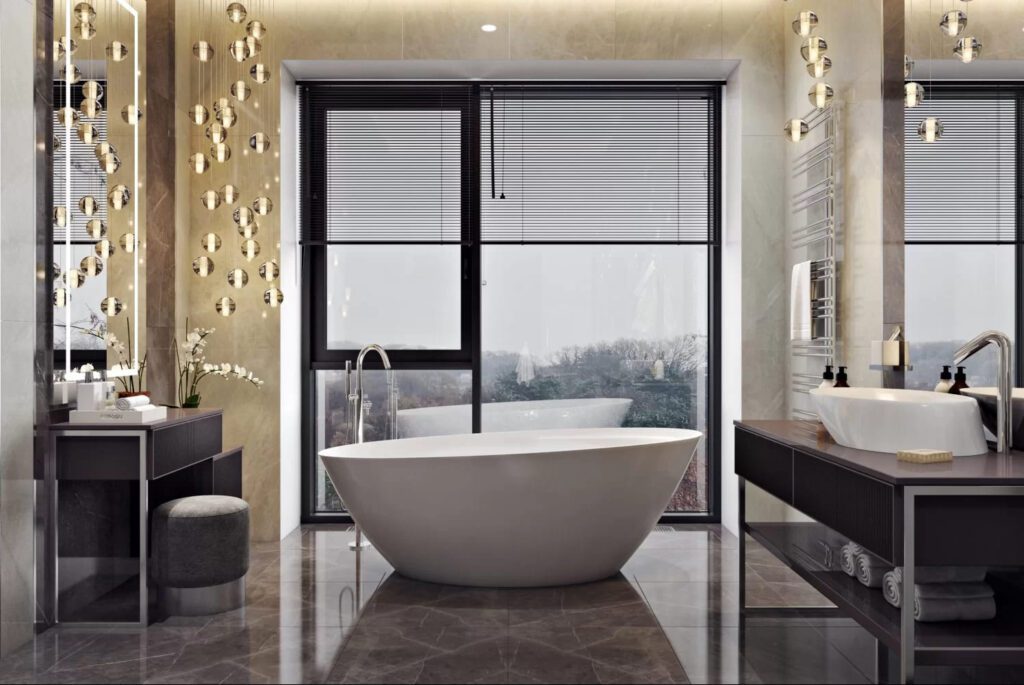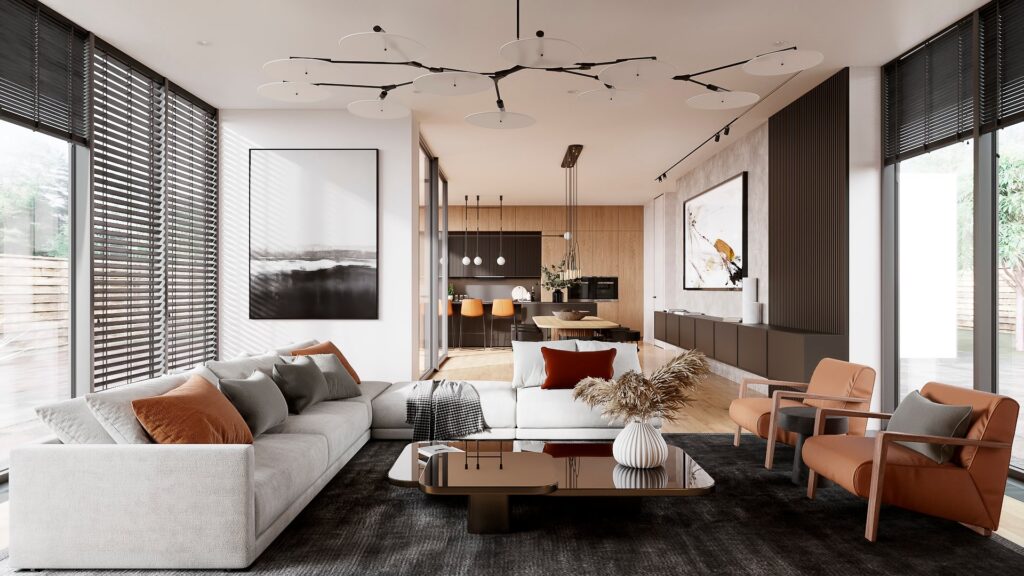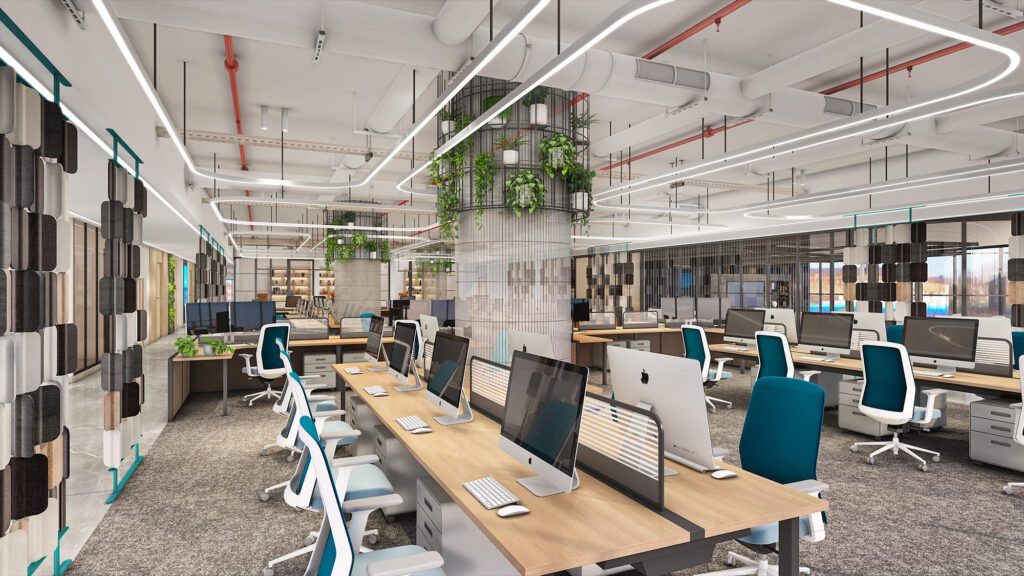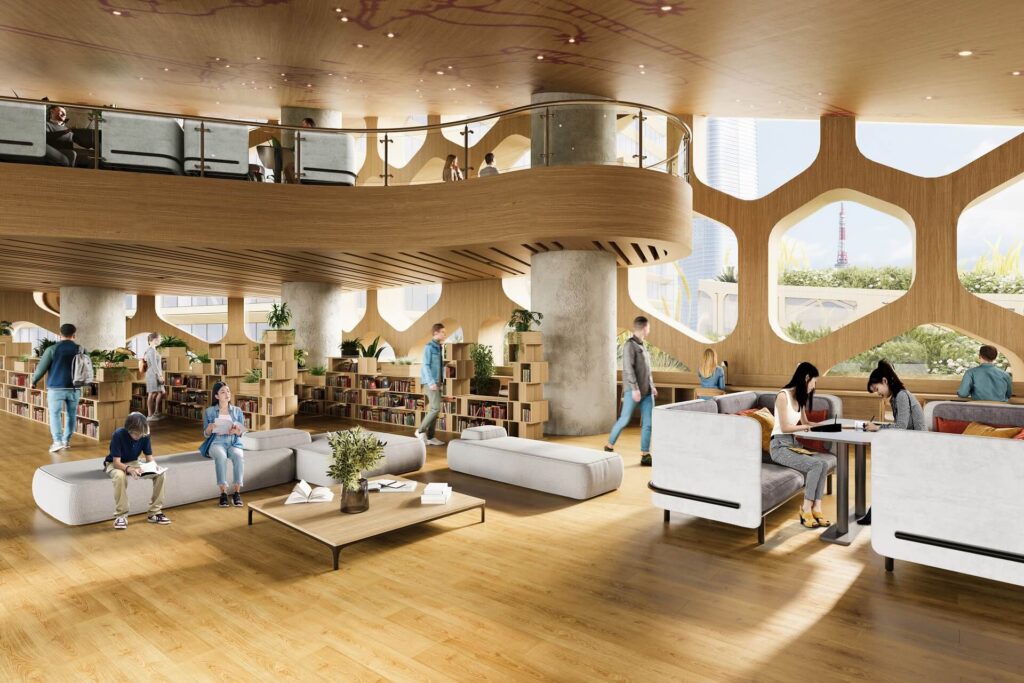In the dynamic world of architectural and interior design, the use of advanced technologies like 3D interior visualization has revolutionized the way spaces are conceptualized and brought to life. By leveraging the power of 3D architectural visualization tools, designers can create immersive and realistic visualizations that provide a glimpse into the future of a space.
To achieve truly exceptional results, five key elements play a crucial role in crafting perfect 3D interior scenes.
1. Lighting
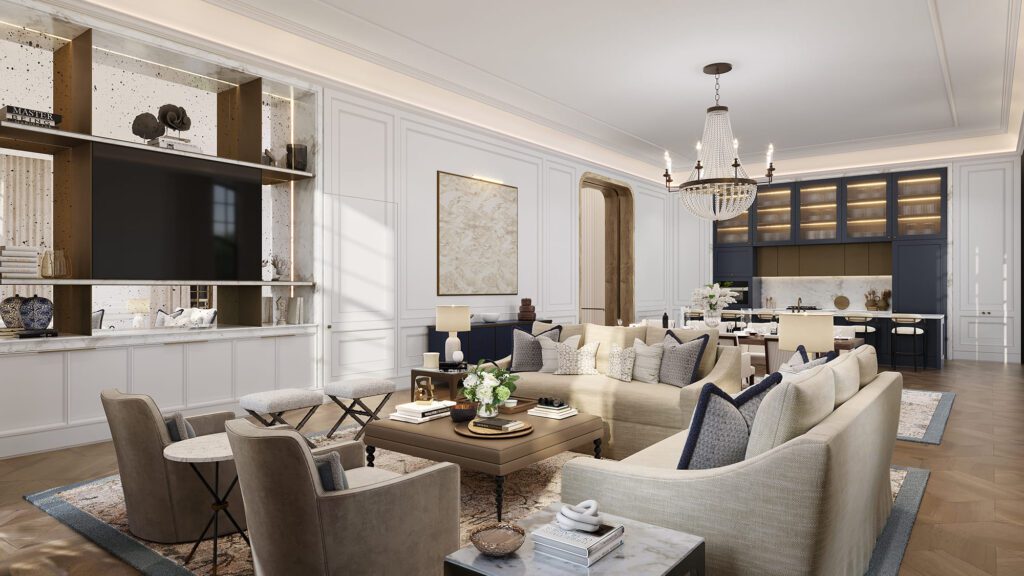

One of the fundamental elements of visualization is lighting. The way light interacts with a space can drastically alter its mood and ambiance. By carefully manipulating light sources and shadows, designers can create depth, drama, and realism within their visualizations. Whether it’s natural sunlight streaming through windows or strategically placed artificial lighting, getting the lighting right is essential for achieving a lifelike representation of the space.
2. Materials and Textures
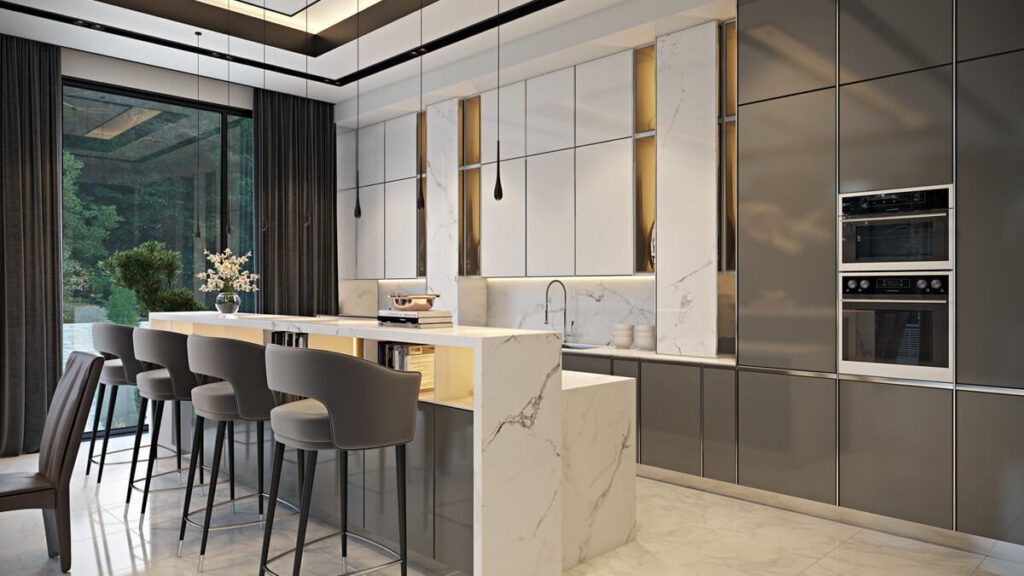

The choice of materials and textures plays a significant role in the overall look and feel of a 3D scene. From the softness of a plush rug to the roughness of exposed brick walls, textures add depth and tactile quality to a rendering. By paying attention to detail and using high-quality texture maps, designers can create convincing surfaces that evoke a sense of realism and authenticity in the visual representation of the space.
3. Composition
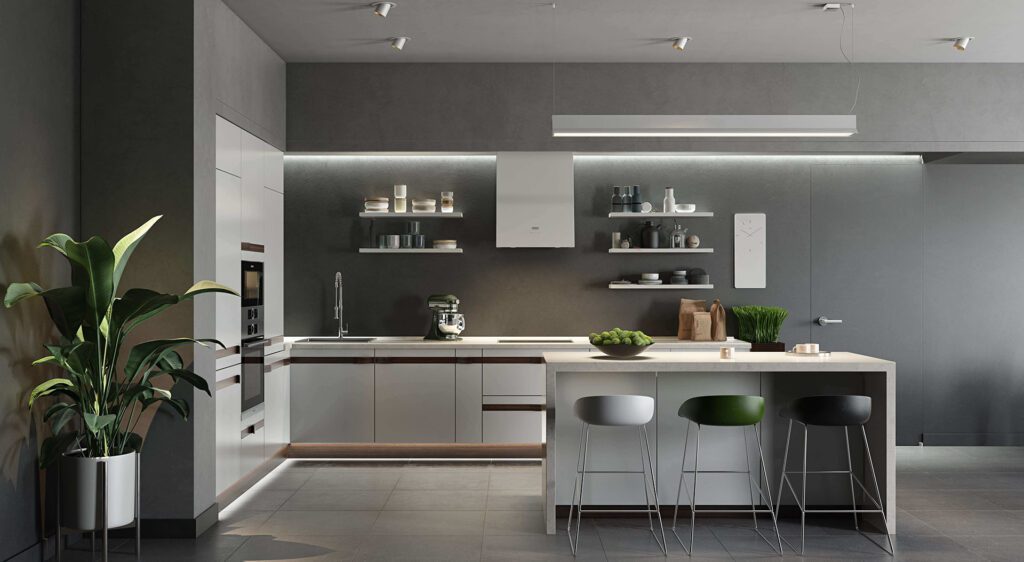

Composition is another crucial element in creating compelling 3D scenes. The way elements are arranged within the frame can influence how viewers perceive the space and navigate through the visualization. By considering principles of balance, scale, and focal points, designers can direct the viewer’s attention to key features of the interior design, guiding them through the space in a visually engaging and coherent manner.
4. Color Palette
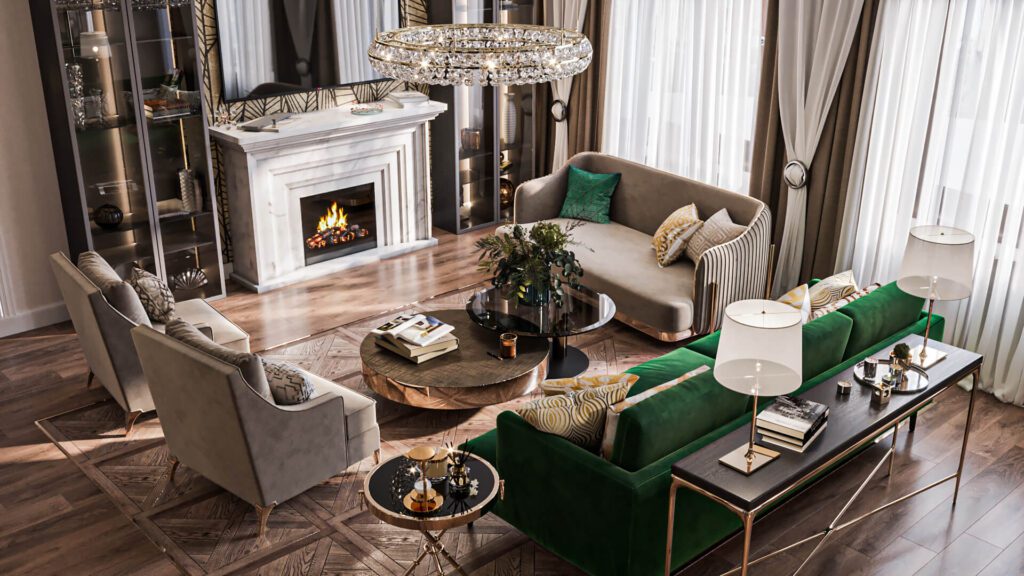

The color palette chosen can have a profound impact on the overall atmosphere and mood of the scene. Warm tones can create a sense of coziness and intimacy, while cool tones can evoke feelings of calm and serenity. By carefully selecting colors that harmonize with the design concept and reflect the desired ambiance, designers can effectively convey the intended emotion and style of the space through color.
5. Detailing and Accents
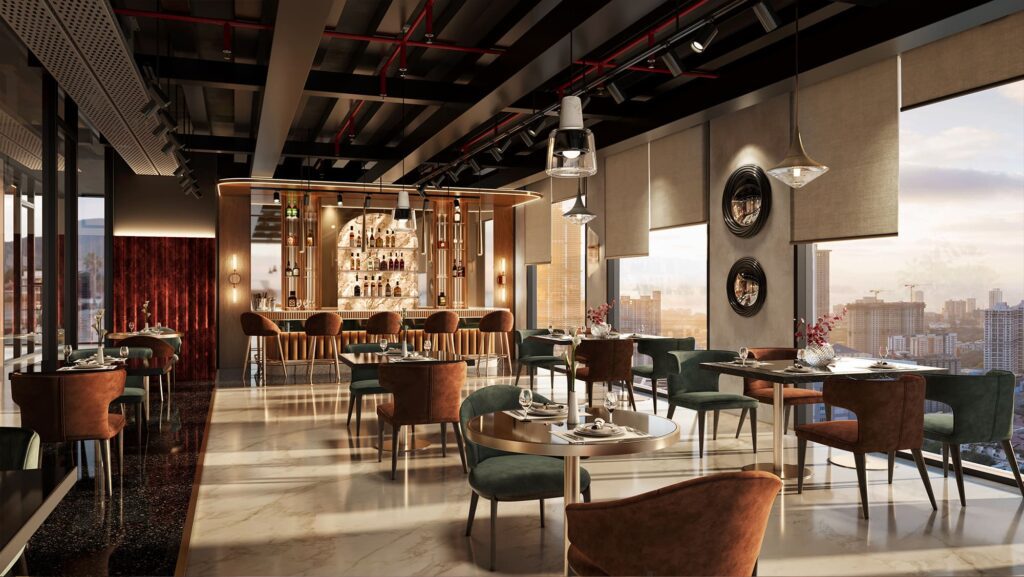

Attention to detail is what sets exceptional 3D scenes apart from the rest. Incorporating small elements like decor items, furniture accessories, and architectural accents can breathe life into visualization and make it feel lived-in and curated. From intricate patterns on textiles to unique art pieces on the walls, these embellishments add personality and character to the space, enhancing the overall visual appeal and storytelling of the design.
Mastering the art of 3D interior visualization requires a keen understanding and skillful application of these five key elements: lighting, materials and textures, composition, color palette, and detailing and accents. By integrating these elements thoughtfully and strategically, designers can create stunning and photorealistic visualizations that captivate viewers and bring design concepts to life with unparalleled realism and sophistication.
Avenir Design Studio
Avenir Design Studio is a leading 3D visualization and animation company, specializing in interior rendering services. Renowned for its innovative approach, Avenir brings architectural designs to life with stunning 3D visuals. Their expertise in interior rendering ensures immersive and lifelike representations of spaces, setting them apart as pioneers in the field of 3D visualization for architectural and interior design projects.
Looking for top-notch 3D architectural visualization services for your design projects? Reach out to us today and receive flawless 3D renders that will captivate your clients.

